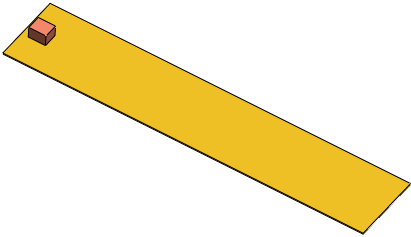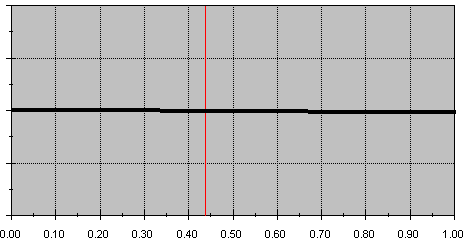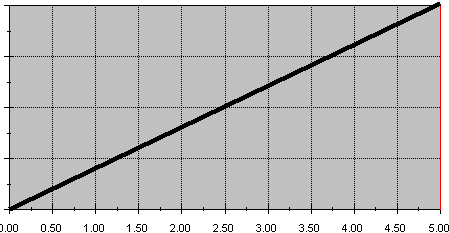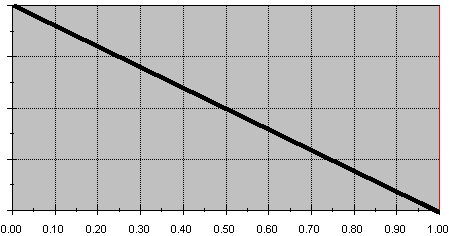The following compare reflected load mass results for a constant speed linear motor under zero, positive, or negative constant load conditions.
Model

The model for these examples is a rectangular block that slides on a flat surface. The bottom surface of the block has a coincident mate with the top surface of the base plate. A linear motor is applied to the block.
No External Forces or Friction
| Reflected Load Mass vs. Time |
|---|
 |
Without external forces or friction, the reflected load mass of the linear motor is a positive constant.
Constant External Force that Opposes the Motor Motion

A constant external force in the direction opposite the motor motion is applied to the linear motor.
| Reflected Load Mass vs. Time |
|---|
 |
When you apply a constant external force in the opposite direction of the motor motion, the reflected motor force would be an equal but opposing force that overcomes the externally applied force and maintains the constant motor speed. This constant force, which is positive with respect to the direction of motor motion, determines the reflected load mass. Newton's second law of motion implies that the linear momentum changes in the presence of the externally applied force. The perceived reflected load mass must increase because the motor is constrained to move with constant speed.
Constant External Force in the Same Direction as the Motor Motion

A constant external force in the same direction as the motor motion is applied to the linear motor.
| Reflected Load Mass vs. Time |
|---|
 |
When you apply a constant external force in the same direction as the motor motion, the force assists the motor motion. Consequently, the constant force contribution to the reflected load calculation is negative with respect to the direction of the motor motion. The reflected load mass decreases linearly with time.